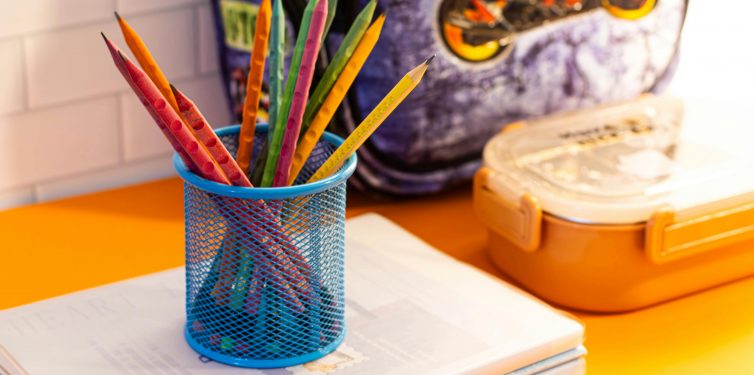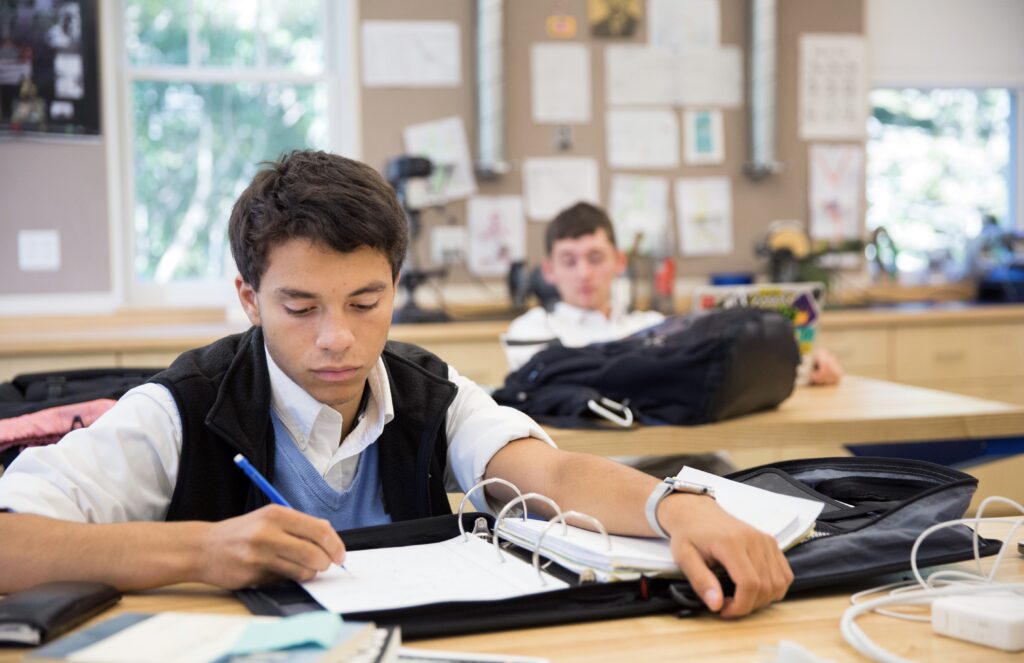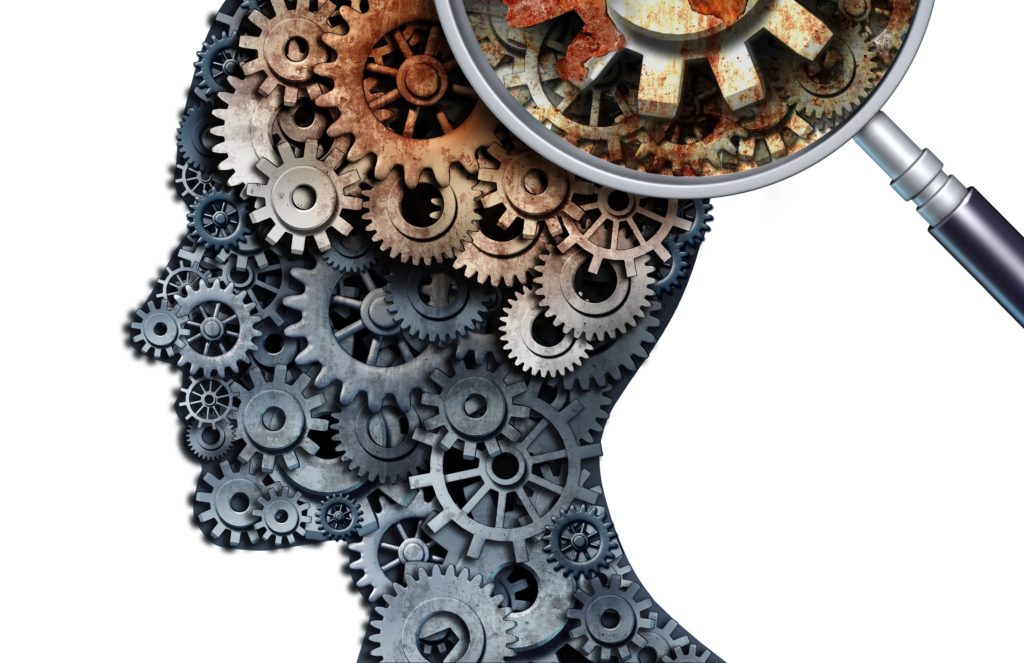Materials Management in the Real-World
Think of it: Electricians arrive at a customer’s home to do work and ask if they can borrow tools. A lacrosse team runs onto the field for the big game without their helmets or chest pads. Paramedics respond to a 911 call but leave the first-aid kit at the fire station. Unacceptable? Of course. The electricians would go out of business. The lacrosse players would be benched. The paramedics would be suspended. To do their jobs, these people need instant access to specialized equipment and tools. So do students. Yet we often hear: “I forgot my book.” “I lost my binder.” “I didn’t print out my homework.” “Can I borrow a pen?”
Students’ difficulties with managing their school materials are regularly referred to in teachers’ and parents’ conversations. Despite reminders and suggestions, some students just cannot seem to get or stay organized. Students have difficulty managing their materials for many reasons. Identifying the cause of the difficulty, and then designing teaching to address it is key in creating effective instructional resources.
Teaching Students to Manage Materials
Materials management skills empower students. They help students be productive in school and avoid time-wasters and anxiety-producers like lost homework, forgotten lunch money, and unsigned permission slips. Even though the research on the effectiveness of teaching materials management skills is slim, the work that has been done indicates that these skills are essential for academic and career success.
While an individual teacher or parent may help a student create an organizational system, any system developed needs to meet the requirements of all teachers and classes. Because this can be challenging, one of the most effective ways to teach materials management is for a school, or a team of teachers, to settle on one system for all students. The system should be designed to account for everything students need to participate in the school day and do their homework, including their books, papers, pencils, and equipment. Ongoing visual and oral reminders of the system help students stay on track, as do rewards for consistent use of the system. Once a system that works for most students is consistently implemented, educators can make changes to suit individual needs, since no single system works for every student. Teachers should help students create a system that works for them and support them in using it consistently.
Backpacks, Desks, and Lockers
The purpose of maintaining an organizational system for backpacks, desks, and lockers is for students to have fast, easy access to their learning tools.
Students need to stock their desks, lockers, and backpacks with an inventory of:
• pens, pencils, highlighters, crayons, and markers
• pencil sharpeners, erasers, and rulers
• calculators, staplers, hole-punchers, and scissors
• binder clips, paper clips, sticky pads, and index cards
• boxes or pencil cases big enough to hold everything and that close securely
Backpacks
To help keep students prepared as they travel between classes, school and home, they should keep a toolkit in their backpack stocked with school essentials. By keeping a toolkit in their backpacks, students are always prepared as they travel between classes, school, and home. Younger students who have their own desks at school should develop the routine of transferring the kit to their desks in the morning and returning it to their pack in the afternoon. Alternatively, they can have one toolkit that stays in the desk and a duplicate for the backpack. More information on the backpack is provided later in our additional materials management resource: Managing Materials: Paper and Digital Filing Systems.
Another strategy is to create a materials list with the heading “Things to Remember.” The list can be laminated and attached to the child’s backpack with a metal ring. With older students, brainstorming strategies for remembering materials can be effective. For example, one high-school sophomore rejected the laminated list but was happy to write the list on her backpack in an indelible fluorescent green marker.
Desks or Lockers
The first step in organizing a desk or locker is to empty the space. Teachers or parents then help students develop a logical system for storing materials. For example, textbooks are best stored with their spines visible for easy identification. Workbooks and notebooks might be best kept on the left side of the desk or in a separate space in the locker. Once the desk and locker are organized, posting a photograph of it nearby gives students a visual cue for keeping the space organized. Posting a list of materials that should always be in the desk or locker is another valuable strategy. Last, it is wise to set time aside each week for a whirlwind organizational activity. By spending ten minutes throwing out trash, rearranging books, and filing loose papers, helps students easily and efficiently maintain the system.
Mastering the Routine
Organizing backpacks, desks, and lockers is a sizeable project. To avoid overwhelming students, it is best to start small and work up to the overall system. Teachers and parents should begin with the toolkits, checking to ensure students are keeping them organized and in the right places.
Most students will not stick to the system unless they are monitored and provided with some external motivation. Rewards, like bonus points for grades or prizes, can be effective. Some teachers allow students to experience the consequences of not maintaining the system. For instance, students who forget their calculators, rulers, or other materials receive an F for daily class participation. When teachers and parents consistently provide instruction and support and clearly enforce expectations and consequences, most students master the system.



